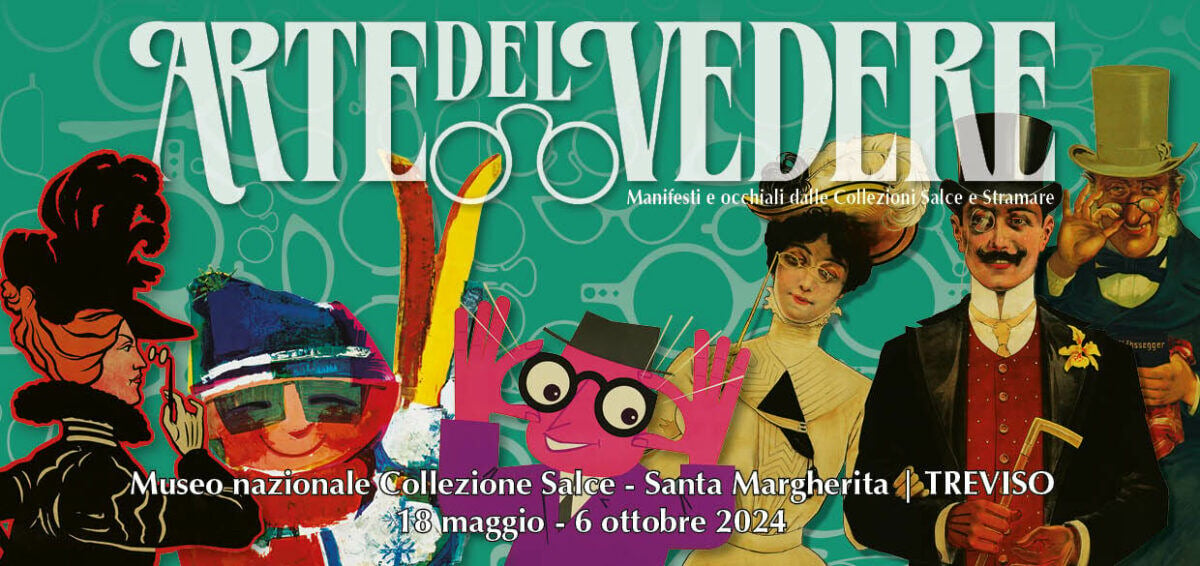
“ART OF SEEING. Posters and eyewear from the Salce and Stramare Collections”
A journey through history and design: "Art of Seeing" explores the evolution of eyewear and advertising posters
At the National Museum of the Salce Collection in Treviso, the exhibition "Art of Seeing. Posters and eyewear from the Salce and Stramare Collections" is still open for visitors until Sunday, October 6.
The exhibition, set in the former church of Santa Margherita, delves into the world of eyewear through two perspectives: representation, via the advertising posters from the Salce Collection, and form, thanks to the historical eyewear from the Stramare Collection.
"Art of Seeing" is an ideal dialogue between two collectors and their passions: on one side, the vivid visions on paper from Ferdinando Salce’s posters; on the other, the countless interpretations of round shapes in Lucio Stramare’s eyewear.
Visitors can enjoy comparing the eyewear with their depictions, which range from abstract to detailed, depending on the illustrator’s style and the era. Over the years, glasses, often overlooked in direct advertising, emerge as central figures in the posters.
The exhibition features posters by renowned Italian and international artists and graphic designers, capturing the Belle Époque era with its enigmatic female figures and stylish dandies. The connection between eyewear and speed is highlighted with protective goggles for motorists and motorcyclists, while sunglasses appear later, becoming iconic thanks to Grace Kelly in "To Catch a Thief" (1955), with the Italian movie poster on display. Inspired by cinema, fashionable glasses enhance tourism posters for beaches and ski resorts.
The exhibition is divided into three sections that trace the evolution of eyewear: from the early rudimentary models, still handheld or fastened with cords, to the introduction of temples in the 18th century, marking a formal turning point. The exhibition also explores historical curiosities such as pince-nez and lorgnettes and reflects the changing design trends across decades, with details inspired by the jewelry of the 1930s, colors of the 1940s, and cat-eye shapes of the 1950s. A particularly interesting section presents special and work glasses, made from precious and innovative materials like gold, silver, horn, tortoiseshell, wood, leather, Bakelite, and celluloid.

%2c%20%E2%80%9CBerry%E2%80%9D%20Ottici%2c%201920-1930.jpg)
%2c%20Persol%20Meflecto%20Ratti%2c%201950-1953.jpg)
